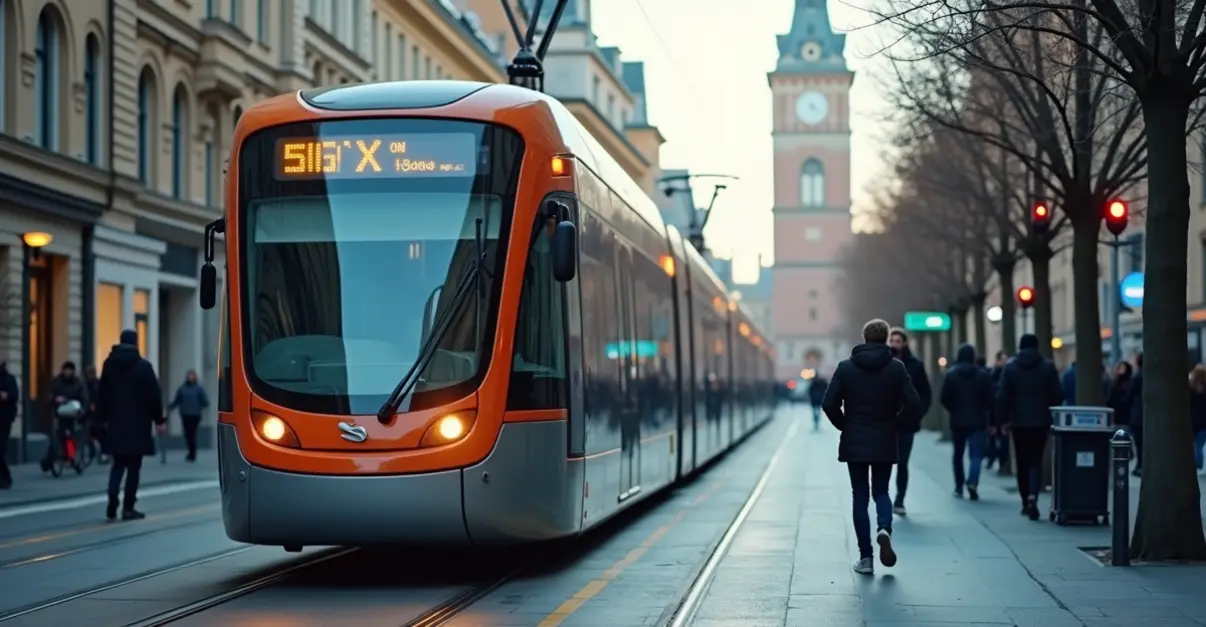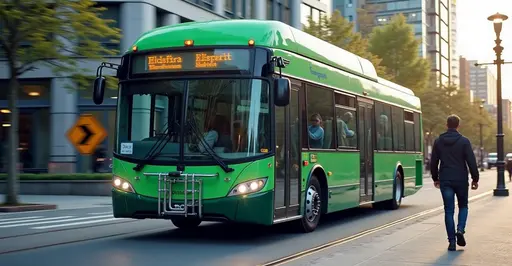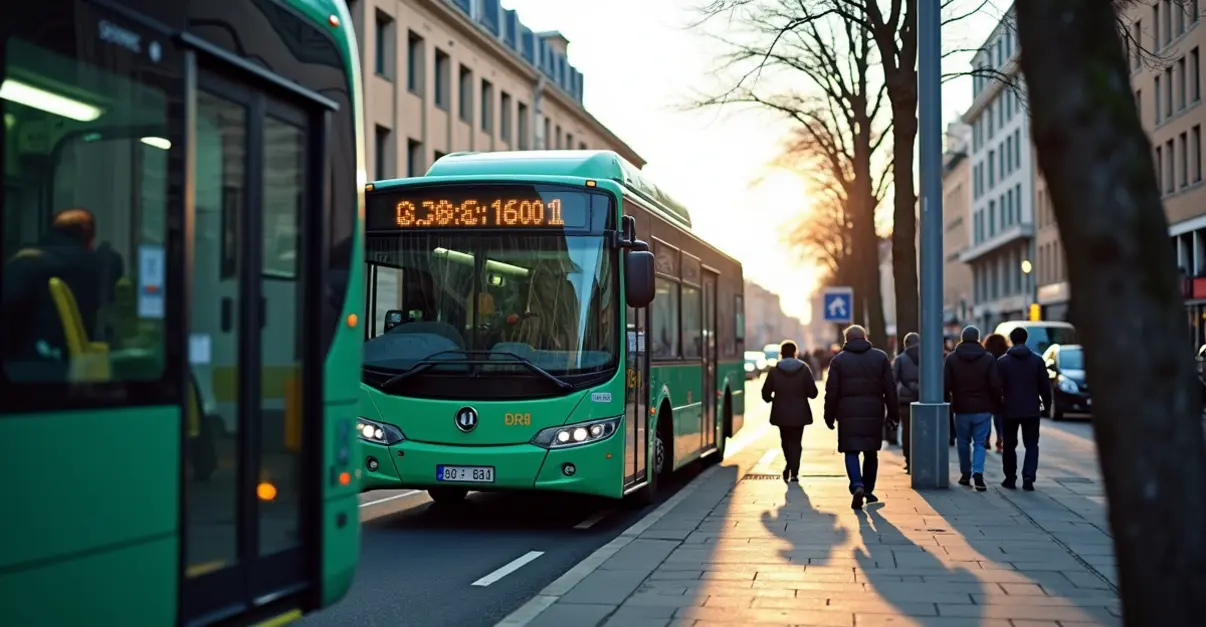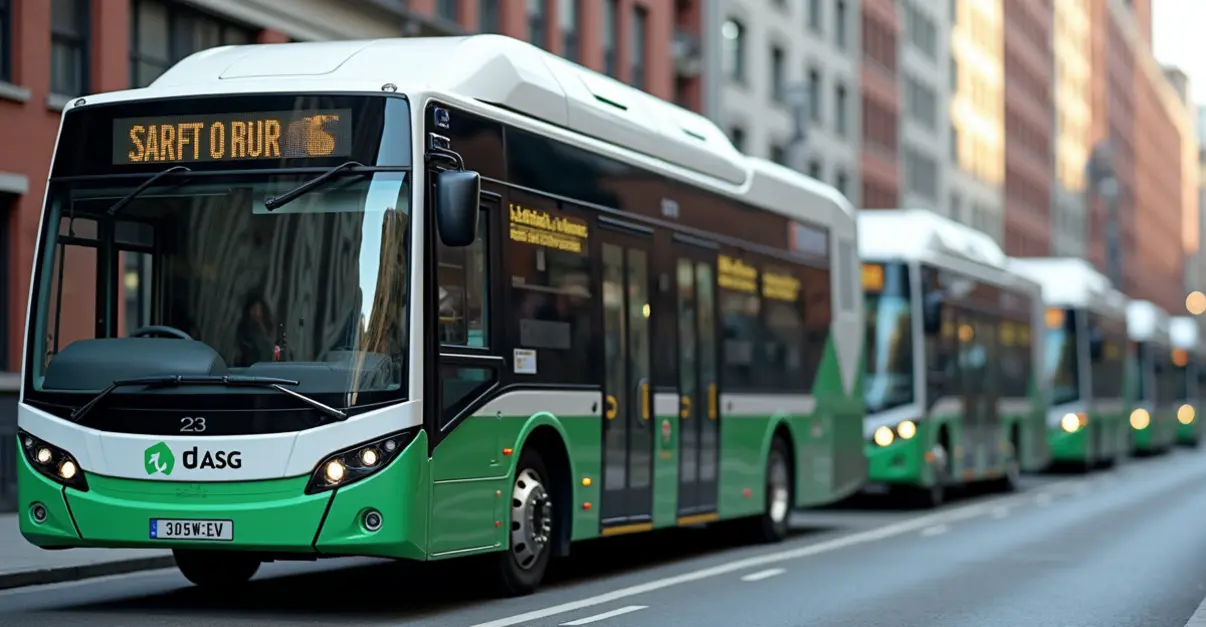Public transit agencies are launching zero-emission tram initiatives with route expansions and depot conversions. Electric trams reduce emissions by 90% compared to cars, with innovations like ground-level charging and positive passenger feedback driving 15-25% ridership increases.

Revolutionizing Urban Mobility with Clean Transportation
In a significant step toward sustainable urban transportation, public transit agencies across Europe and North America are launching ambitious zero-emission tram initiatives that combine route expansions with innovative energy infrastructure upgrades. These projects represent a major shift from traditional diesel-powered systems to fully electric fleets, addressing both environmental concerns and growing urban mobility demands.
Route Rollout and Infrastructure Transformation
The transition to zero-emission trams involves comprehensive route expansions coupled with depot conversions to support electric vehicle operations. Major cities including Paris, Copenhagen, and several German urban centers are deploying new tram lines while retrofitting existing maintenance facilities with advanced charging infrastructure. 'We're not just adding new routes—we're fundamentally rethinking how our entire transit system operates,' explains transit planner Maria Schmidt from the European Transport Innovation Council. 'The depot conversions are crucial because they serve as the backbone for our zero-emission fleet operations.'
According to recent data from the International Electrotechnical Commission, 2024 saw 120 kilometers of new tram services open across global cities, with similar expansions planned for 2025 in Denmark, France, Germany, and South Korea. These projects often include ground-level power supply systems that eliminate the need for overhead wires, preserving urban aesthetics while providing reliable energy.
Energy Supply Innovations
The energy infrastructure supporting these zero-emission trams represents some of the most advanced technology in public transportation. Alstom's Static Recharging System (SRS) allows trams to recharge in as little as 20 seconds during normal stops, using conductive rails or pads embedded in the road surface. This technology has been successfully implemented in Nice, France, where 11 kilometers of tramway operate without overhead wires.
'The charging infrastructure is the game-changer,' notes energy systems engineer Dr. Thomas Weber. 'We're moving beyond simple electrification to smart energy management systems that optimize charging based on route patterns, passenger loads, and grid capacity.'
Passenger Feedback and Community Response
Early passenger feedback from pilot programs has been overwhelmingly positive, with riders noting improved air quality, reduced noise levels, and enhanced comfort. In cities where zero-emission trams have been introduced, ridership has increased by 15-25% according to transit agency reports.
'I used to avoid taking public transport because of the diesel fumes, but these new electric trams are a completely different experience,' shares regular commuter Sarah Johnson from Manchester. 'The quiet operation and clean air make my daily commute much more pleasant.'
The European Union's Green Deal has accelerated these initiatives, requiring large cities to ensure 30% of their buses and trams are zero-emission by 2025. This regulatory push, combined with record €12 billion in sustainable transport funding, has created unprecedented momentum for clean transit projects.
Economic and Environmental Impact
The transition to zero-emission trams delivers significant environmental benefits, with modern electric trams emitting only 20.2 grams of CO2 per person per kilometer compared to 243.8 grams for cars. Over a 30-year lifespan, tram systems emit approximately half as much CO2 as bus rapid transit systems according to lifecycle analysis studies.
From an economic perspective, the global energy storage tram market is valued at $24,750 million in 2025 with a projected compound annual growth rate of 9.2% through 2033. This growth is driven by increasing urbanization and government initiatives promoting electric vehicles to reduce carbon emissions.
'The business case for zero-emission trams is stronger than ever,' states transportation economist Dr. Elena Rodriguez. 'While the initial investment is substantial, the long-term operational savings, combined with environmental benefits and increased ridership, create a compelling return on investment for cities.'
Future Outlook
Looking ahead, transit agencies are exploring next-generation technologies including autonomous trams, predictive maintenance systems, and integrated renewable energy solutions. The successful implementation of these zero-emission tram projects serves as a blueprint for other cities seeking to modernize their public transportation systems while addressing climate change goals.
As urban populations continue to grow and environmental concerns intensify, the shift toward zero-emission public transit represents not just a technological upgrade but a fundamental reimagining of how cities move people efficiently and sustainably.

 Nederlands
Nederlands
 English
English
 Deutsch
Deutsch
 Français
Français
 Español
Español
 Português
Português









